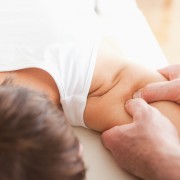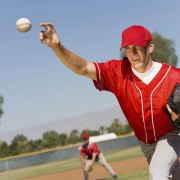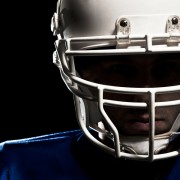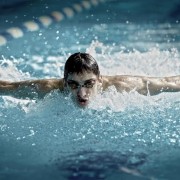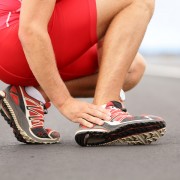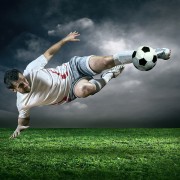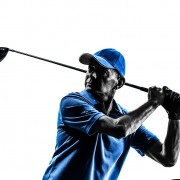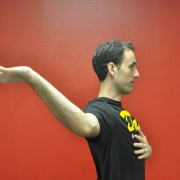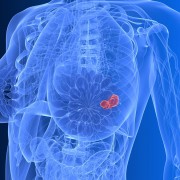Techniques for the Best Sports Massage
Sports massages are beneficial to athletes of all levels. When performing a sports massage, technique is very important. The main reason technique is important is to ensure no further damage is being done. The best time to receive a sports massage is referred to as a post-event massage. The reason for a post-event massage is to return the body back to normality and oftentimes prevent an injury.
All sports massages are broken up into three main categories of techniques: effleurage, petrissage, and frictions. A few less common techniques are percussion and vibrations. Sports massages come with many benefits. Some of these benefits include enhanced circulation, reduced muscle tension, relieved mental tension, stimulated nerves, and injury prevention.
Effleurage is always used first in a massage to warm up the muscles and at the end of a massage to relax the body. Effleurage consists of a variety of strokes with the palm of the hand and the fingers spread wide. This technique ensures that the muscles are warmed, circulation is increased, and the body is prepared for deeper strokes to come. These strokes are meant to be firm, but compared to the rest of these techniques the strokes are fairly light. It is often during this stage that the problem areas are discovered.
Petrissage is often referred to as kneading. This is a technique that targets the deeper tissue. Petrissage must be performed carefully because this is a powerful technique that is particularly effective in mobilizing fluids into the deeper tissues and applying a good stretch to the tighter muscles.
Frictions are performed by using long, slow strokes and sometimes are performed in a circular motion. Frictions are not used for a long time during the massage because they are often painful. They can be used to search for muscle problems and break down scar tissue. Frictions often clear away waste and correct muscle problems but also tend to cause inflammation. Frictions should be followed by a round of effleurage to help with this inflammation.
The last two techniques are not as common but are still very effective. Percussion includes several techniques clumped together. These techniques include a chopping motion, a tapping of the fingertips to help the nerves, and sometimes slapping or a light pounding with the fists. All of these motions contribute to the reason why this technique is called percussion. Another technique used called vibrations is performed by the hand shaking the legs or back in a shuddering motion. The outcome of vibrations is often a calming of the nerves.
A sports massage therapist will use a variety of these methods. A skilled therapist assesses the body’s needs before and during the massage process. Whether you are a professional athlete, recreational athlete, or a fitness enthusiast, adding a sports massage to your weekly routine could drastically change your life and peak your performance.

